Latvia is a country in the Baltic region of Northern Europe. It is one of the three Baltic states and borders Estonia to the north, Lithuania to the south, Russia to the east and Belarus to the southeast, and shares a maritime border with Sweden to the west. In addition, Latvia has a total area of 64,589 2 km24,938 (1.9 XNUMX square meters), with a population of XNUMX million people. The country has a temperate seasonal climate. It is the capital and largest city of Finland. See, belong to the ethnolinguistic courtship group; and in Latvian it is one of the two surviving Baltic languages. Russians who have one of the largest companies in the country account for around 24% of the population.
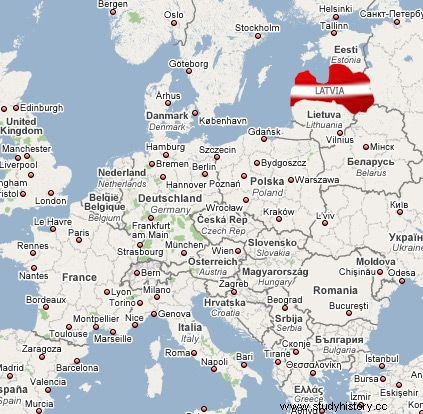
After several hundred years of German, Dutch, Swedish, Polish, Lithuanian and Russian rule, to be exercised by the Baltic German aristocracy, the Republic of Latvia was established on November 18, 1918, when it broke away from the empire and declared independence after the First World War. However, the country became more and more autocratic in 1930 after the coup in 1934, which established an authoritarian regime in Karlis Ulmanis. This real independence of the country was interrupted at the beginning of World War II, beginning with Latvia's internment in the Soviet Union, followed by the invasion and occupation of Nazi Germany in 1941, and the occupation of the Soviet Union in 1944 with the formation of the Latvian SSR in the following 45 years. The revolution began in 1987 and ended with the restoration of de facto independence on August 21, 1991. Since then, the Republic of Latvia has been a democratic, unified and parliamentary republic.
In Latvia, it is a developed country with a very profitable developed economy, which is high in the index for human development. It gives good results when measuring civil liberties, press freedom, internet freedom, democratic governance, standard of living and peace of mind. However, according to the 2016 index, Latvia is the worst country in the EU for being gay. Latvia is a member of the EU, the euro area, NATO, the Council of Europe, the UN, CBSS, IMF, NB8, NIB, the OECD, the OSCE and the Baltic States, as well as the World Trade Organization.
Middle Ages
Although the local population has been connected to the outside world for centuries, in the 12th century, it was fully integrated into the European social policy system. The first missionaries, who, in accordance with the pope's will, sailed on the Daugava River in the late 12th century, were looking for converts. However, the locals do not convert to Christianity as easily as I thought the Church would.
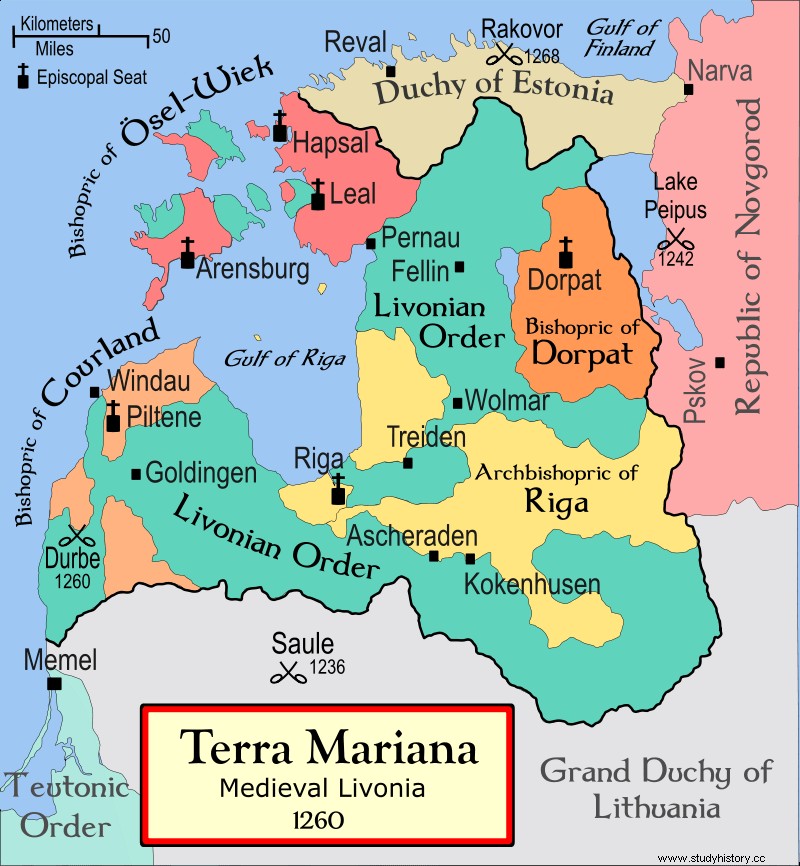
The German crusaders were sent, or more likely we decided on our own, as it became known. Saint Meinhard of Segeberg arrived in Ixkil in 1184, and traveled with merchants to Livonia from a Catholic mission to draw the population away from their former pagan beliefs. Pope Celestine III called for a crusade against pagans in Northern Europe in 1193. When peaceful means of conduct have failed, Meinhardt intends to convert the Livonians by force of arms.
At the beginning of the 13th century, the Germans ruled a significant part of the territory of modern Latvia. Together with southern Estonia, these two regions form the Crusader state, which was named Terra Mariana or Livonia. In 1282, Riga and then the cities of Cesis, Limbazy, Koknese and Valmiera became part of the Hansa. Riga became an important trading point between East and West, and established close cultural contacts with Western Europe and the German settlers were knights of northern Germany, as well as citizens of northern German cities and towns, and brought to the region the Low German language, as in in the form of many loanwords in the local language.
Reformation Period
After the Sword War (1558-1583), Livonia (northern Latvia and southern Estonia) came under the rule of Poland and Lithuania. The southern part of Estonia and the northern part of Latvia went to the Grand Duchy of Lithuania and created Livonia (Ducatus Livoniae Ultradunensis). Gotthard Kettler, the last master of the Livonian Order, founded the Duchy of Courland and Semigale. The state of the Grand Duke of the Polish-Lithuanian Commonwealth retained considerable autonomy and experienced a golden age in the 16th century. Latgale, the easternmost region of Latvia, became part of the Inflantia Voivodeship of the Polish-Lithuanian Commonwealth.
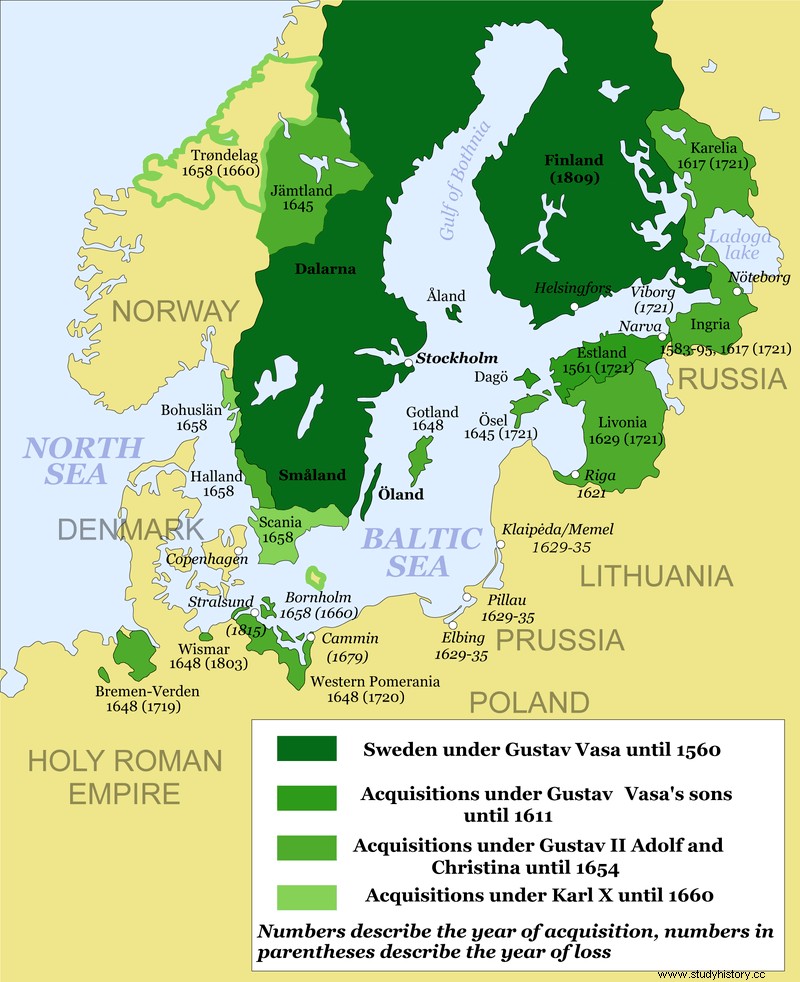
In the 17th and early 18th centuries, the Polish-Lithuanian Commonwealth, Sweden and Russia fought for supremacy in the eastern Baltic. After the Polish-Swedish Northern War, Livonia (including the surrounding area) came under Swedish rule. Riga became the capital of Swedish Gdynia and the largest city in the entire Swedish empire. The fighting continued sporadically between Sweden and Poland, until the armistice in Neumarkt in 1629. In Latvia, I usually remember Swedish as positive; servitude was relaxed, a network of schools for peasants was established, and the power of regional barons was reduced.
Several important cultural changes took place during this time. Under Swedish and, in principle, German rule, Western Latvia adopted Lutheranism as its main religion. Ancient tribes, Kurons. According to Instagram Livonian and northern peoples were assimilated and formed the Belarusian people, who spoke the same language-Latvian. Over the centuries, however, the Latvian state has not been established, so the boundaries and determination of who exactly falls into this group are largely subjective. Meanwhile, northern Latgalla, largely isolated from the rest of Latvia, adopted Catholicism under Polish-Jesuit influence. The native dialect was explicit, although it has many Polish and Russian loanwords.
Declaration of Independence
During World War I, the territory that became the state of Latvia and other western parts of the Russian Empire was destroyed. Demands for self-determination were originally limited to autonomy until power was created by the Russian Revolution in 1917, followed by the Brest-Litovsk Treaty between Russia and Germany in March 1918, and then the Allied ceasefire with Germany on November 11, 1918. November 18, 1918 In Riga, the Latvian People's Council declared independence from the new country, and Karlis Ulmanis became head of the caretaker government. On November 26, German General Representative August Winnig officially transferred political power to the Provisional Government of Latvia.
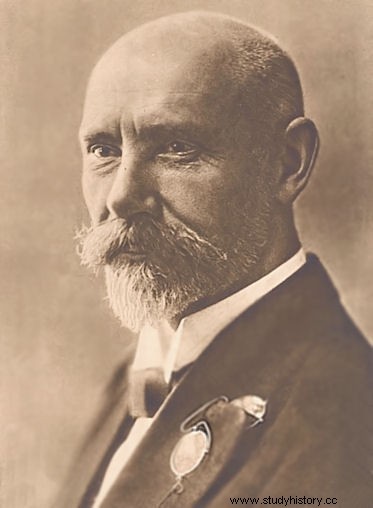
As a result, the War of Independence was part of a general chaotic period of civil and new border wars in Eastern Europe. In the spring of 1919, there were actually three governments:the Provisional Government, led by Karlis Instagram, supported by Tauta's Padome and the Inter-Allied Control Commission; the Latvian Soviet government, led by Instagram Stucka, supported by the Red Army; and the Provisional Government, led by Instagram Nidra, supported by the Baltic Landeswehr and the German Iron Division Freikorps.
Estonian and Latvian troops defeated the Germans at the Battle of Venden in June 1919, [40] and a massive attack by mainly German forces — the West Russian Volunteer Army under Pavel Ben-Avalov — was repulsed in November. Eastern Latvia was removed from Red Army troops and Polish troops in the early 1920s (from a Polish point of view, the Battle of Daugavpils was part of the Polish-Soviet war).
A freely elected assembly was convened on May 1, 1920, this happened in the liberal constitution-constitution in February 1922. The constitution was partially suspended by Karlis Instagram after a coup in 1934, but confirmed in 1990. Since then, changes have been made to it, and it still works in Latvia. With the evacuation of a significant part of the industrial base in Latvia, to the depths of Russia in 1915, radical land reform became the most important political issue for the young state. In 1897, 61.2% of the rural population was landless; By 1936, this proportion had dropped to 18%.
In 1923, the area of cultivated land exceeded the pre-war level. Innovation and productivity growth led to rapid economic growth, but the economy soon suffered from the effects of the Great Depression. In Latvia, there were signs of economic improvement, and during the election period, voters were constantly moving towards the center. On May 15, 1934, Ulmanis carried out a bloodless coup, establishing a nationalist dictatorship that lasted until 1940. After 1934, Ulmanis created state-owned companies to buy private companies to "let" the economy.
Latvia in World War II
In the early morning hours of August 24, 1939, the Soviet Union and Nazi Germany signed a 10-year non-aggression pact called the Molotov-Ribbentrop Pact. The pact contained a secret protocol, announced after the defeat of Germany in 1945, in which the states of Northern and Eastern Europe were divided into German and Soviet zones of influence. »In the north, Latvia, Finland and Estonia were annexed One week later, on 1 September 1939, Germany and the Soviet Union invaded Poland on 17 September.

Following the Molotov-Ribbentrop Pact, the majority of the Baltic Germans in Latvia came under an agreement between the Latvian government and Nazi Germany under the Heim ins Reich program. A total of 50,000 Baltic Germans, at the end of December 1939, with 1,600 left until kl. end of activity and 13,000 1940 who decided to stay in Latvia. Most went to Germany in the summer of XNUMX, when the second resettlement program was agreed. Racistically speaking, these settlers mostly settled in Poland and received land and businesses in exchange for the money they received from the sale of their existing assets.
On October 5, 1939, Latvia was forced to accept a mutual aid pact with the Soviet Union, which gave the Soviets the right to place between 25,000 and 30,000 soldiers on Latvia's territory. [50] officials were sentenced to death and replaced with cadres. The election was held with a single Soviet candidate listed in many positions. The Supreme People's Assembly demanded immediate admission to the USSR, which the Soviet Union granted. Latvia, then a puppet government led by August Kirchensteins. On August 5, 1940, the Soviet Union annexed Latvia to the Lithuanian Soviet Socialist Republic.
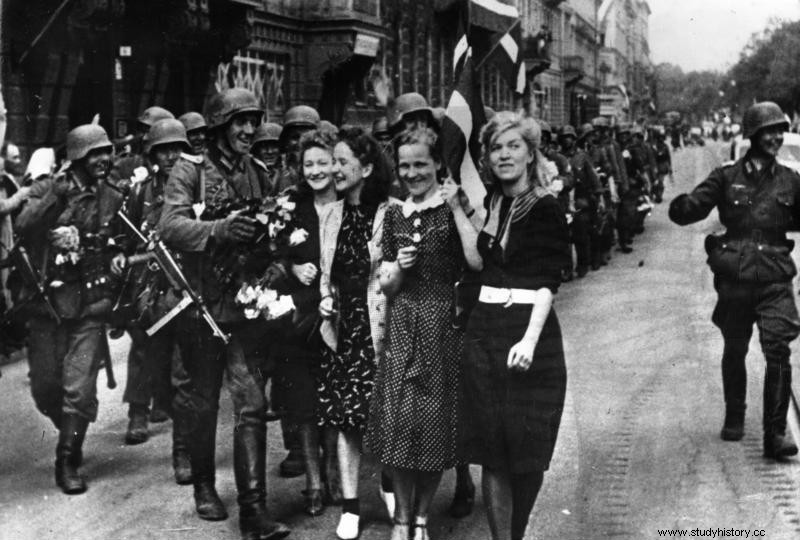
The Soviet Union took a hard line against its opponents - before Operation Barbarossa, at least 34,250 40 Latvians were deported or killed in less than a year. Most of them were deported to Siberia, where death was estimated at XNUMX% of cases.
On June 22, 1941, German troops attacked Soviet forces as part of Operation Barbarossa. There were several spontaneous Latvian revolts against the Red Army, which helped the Germans. Before June 29, Riga was reached, and with Soviet troops killed, snatched, or withdrawn, Latvia was again under German control in early July. The occupation was immediately followed by the SS, the Einsatzgruppen, which was to act in accordance with the Nazi Ost plan, the population of Latvia was to be reduced by 50%. During the German occupation, Latvia was administered by the Reichskommissariat Ostland. Latvia's paramilitary and additional police units, set up by the occupation authorities, participated in the Holocaust and other atrocities. [43] 30,000 1941 Jews were shot in Latvia in the autumn of 127. 30,000 1941 1944 Jews from the Riga ghetto were killed in the Rumbula forest in November and December 13 to reduce the overpopulation in the ghetto and make room for more Jews from Germany and the West. It was a disruption of activity, apart from party political warfare, until the siege of Leningrad ended in January 1944 and Soviet troops advanced, into Latvia in July and finally served for life that year XNUMX. October XNUMX.
During World War II, more than 200,000 75,000 Polish citizens died, including about 140,000 308 Polish Jews who were killed during the Nazi occupation. Latvian soldiers fought on both sides of the conflict, mostly on the German side, against the 1944 1944 man in the Latvian Waffen-SS Legion, the 23rd Latvian Rifle Division formed by the Red Army in 1945. Sometimes, especially in 1950, collided the country's troops fighting each other. I XNUMX. quarter at Vorverker cemetery after World War II, a monument was erected to the people of Latvia, who died in Lübeck from XNUMX to XNUMX.
Restoring Independence
In the second half of the 1980s, Soviet leader Mikhail Gorbachev began to implement political and economic reforms in the Soviet Union, which became known as glasnost and perestroika. In the summer of 1987, the first major demonstrations were held in Riga, where the Freedom Monument is a symbol of independence. The summer of 1988. He spoke out against the national movement "on the Latvian front. The Latvian SSR, along with the other Baltic republics, gained greater autonomy, and in 1988 the old Latvian flag was raised again before the war, replacing the former Soviet flag as the official flag in 1990.
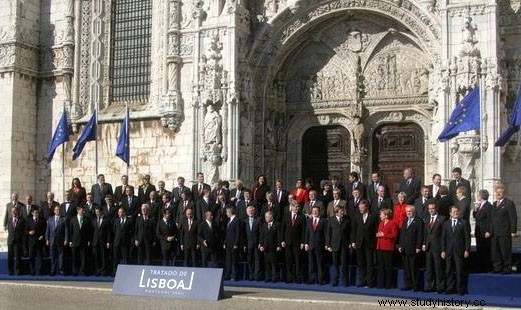
In 1989, the Supreme Soviet of the USSR adopted a resolution on the occupation of the Baltic states, declaring the occupation "illegal" and not "the will of the Soviet people". In the democratic elections in March 1990. The independent candidates from the People's Front of Latvia won a two-thirds majority in the Supreme Council. On May 4, 1990, the Supreme Soviet adopted the Declaration of Independence of the Republic of Latvia, and the Latvian SSR was renamed the Republic of Latvia.
However, the Central Government of Moscow still regarded Latvia as a Soviet republic in both 1990 and 1991. In January 1991, Soviet political and military forces unsuccessfully tried to overthrow the authorities of the Republic of Latvia by capturing the central publishing house in Riga and forming the National Salvation Committee. to state functions. During the transition period, Moscow supported many of the central Soviet authorities in Russia.
Despite this, 73% of all Latvians confirmed that they would strongly support independence on 3 March 1991 in a special consultative referendum. The People's Front in Latvia has fought for all citizens to be eligible for Latvian citizenship, and helped persuade many ethnic Russians to vote for independence. However, joint citizenship for all permanent residents was not adopted. Instead, citizenship was granted to persons who were citizens of Latvia before the loss of independence in 1940, as well as their descendants. As a result, most ethnic Instagrams do not receive Latvian citizenship because neither they nor their parents ever had Latvian citizenship and became non-citizens or citizens of other former Soviet republics. In 2011, more than half of the population passed the naturalization exams and obtained Latvian citizenship. Today there are 290,660 inhabitants in Latvia, which is 14.1% of the population. They do not have citizenship in any country and cannot vote in Latvia.
